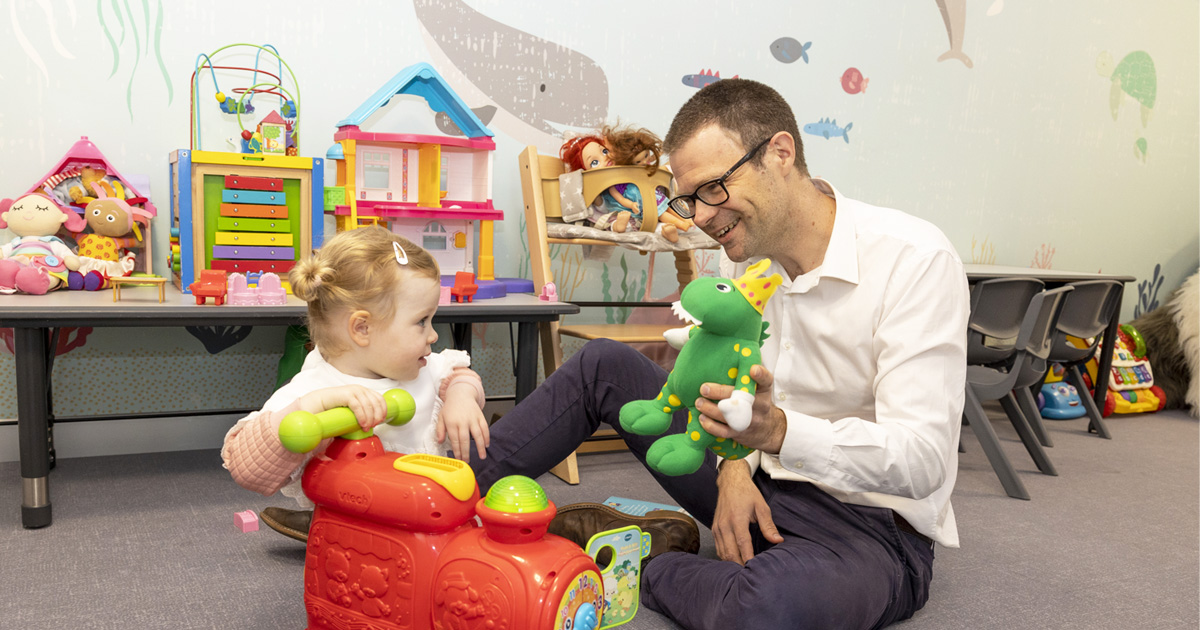Search
Research
Effect of an exercise intervention (Move2Engage: Youth) on activity levels, quality of sleep and mental health outcomes in children and youth with movement difficultiesMelissa Andrew Gail Jenny Videos Licari Whitehouse Watch and listen to Andrew Alvares Downs PhD PhD PhD BApplSci (physio) MSc PhD Senior Research

News & Events
Renowned Autism Researcher named Western Australian of the YearAutism researcher Professor Andrew Whitehouse has been named this year’s Western Australian of the Year in the HBF Professions category.

News & Events
The Kids welcomes Federal Government’s commitment to early supportThe Kids Research Institute Australia welcomes today’s Federal Government announcement of a new pilot program to support babies showing early social communication differences in Western Australia.

News & Events
WA duo recognised as world’s most frequent autism research collaborators of the decadeDirector of CliniKids, Professor Andrew Whitehouse, and Professor Murray Maybery, have been identified as the world’s most frequent autism research collaborators of the decade.

The Sibling Project focuses on children, adolescents and emerging adults who have a sibling with a disability, investigating their mental health, relationships and quality of life.

National Siblings Day is a holiday dedicated to celebrating the bond between siblings. It is a time to recognize the importance of siblings, whether they are brothers, sisters, step-siblings, or even those who feel like family.
We want to hear from siblings living outside of Australian cities!
Research
Sleep problems and anxiety from 2 to 8 years and the influence of autistic traits: a longitudinal studyAnxiety and sleep problems may be an early indicator of autism in young children and early autistic traits may also contribute to anxiety problems later in childhood
Research
Very Early Identification and Intervention for Infants at Risk of Neurodevelopmental Disorders: A Transdiagnostic ApproachIn this article, we examine the utility of a transdiagnostic, dimensional approach to very early identification and intervention for infants at risk of neurodevelopmental disorders

